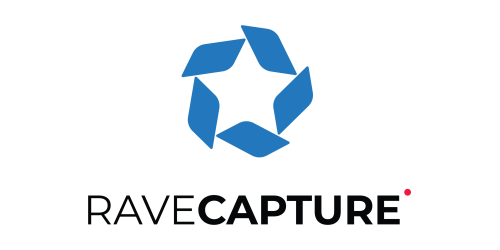
What is a Fully Qualified Domain Name (FQDN)
Thomas WilsonShare
A Fully Qualified Domain Name (FQDN) represents the complete, absolute domain name that uniquely identifies a specific location on the internet.
When working with SSL Certificates, understanding FQDNs is crucial as they form the foundation for proper SSL Certificate installation and validation.
The FQDN includes all domain levels, from the host name to the top-level domain, leaving no room for ambiguity.
In the context of SSL Certificates, the FQDN plays a vital role during the Certificate Signing Request (CSR) generation process.
Certificate Authorities require the exact FQDN to ensure the SSL Certificate is issued for the precise domain it will secure. This specificity helps maintain the integrity and security of encrypted connections across the internet.
Understanding FQDN Components
Every FQDN consists of multiple parts that work together to create a complete address. The hostname represents the specific machine or service, while the domain name identifies the network, and the top-level domain indicates the highest category.
For example, in "mail.company.com," mail is the hostname, company is the domain name, and com is the top-level domain.
When requesting an SSL Certificate from Trustico® providing the correct FQDN ensures proper SSL Certificate validation and functionality.
Multi-domain SSL Certificates can secure multiple FQDNs, while wildcard SSL Certificates can protect unlimited subdomains within a single domain level.
FQDN Requirements for SSL Certificates
SSL Certificate validation processes rely heavily on accurate FQDN information. Domain Validation (DV) SSL Certificates verify ownership of the FQDN through automated checks.
Organization Validation (OV) and Extended Validation (EV) SSL Certificates require additional verification of the organization associated with the FQDN.
Certificate Authorities must follow strict guidelines when validating FQDNs for SSL Certificate issuance.
These requirements, established by the CA/Browser Forum, ensure consistent security standards across the industry. The validation process helps prevent unauthorized SSL Certificate issuance and protects against potential security threats.
Common FQDN Implementation Challenges
System administrators often encounter challenges when configuring SSL Certificates with FQDNs.
Internal server names and private IP addresses cannot be validated by public Certificate Authorities, as they must be publicly accessible for security verification. This limitation requires careful planning when deploying SSL Certificates in corporate environments.
Another consideration involves properly matching FQDNs with SSL Certificate types.
Standard SSL Certificates secure a single FQDN, while SAN SSL Certificates can protect multiple FQDNs listed as Subject Alternative Names.
Understanding these distinctions helps organizations choose the most appropriate SSL Certificate solution.
Best Practices for FQDN Management
Maintaining accurate DNS records for all FQDNs is essential for SSL Certificate functionality. Regular audits of domain configurations help prevent SSL Certificate-related issues and ensure continuous secure connections.
Organizations should document all FQDNs used in their infrastructure to streamline SSL Certificate management.
When planning SSL Certificate deployments, consider future scaling needs and potential additional FQDNs. This forward-thinking approach helps avoid SSL Certificate reissuance and reduces administrative overhead.
Trustico® recommends implementing a systematic approach to FQDN management as part of comprehensive SSL Certificate security strategy.
Technical teams should regularly verify FQDN resolution across different network segments. This validation ensures SSL Certificates function correctly and users can access secured resources without interruption.
Proper FQDN configuration directly impacts the effectiveness of SSL Certificate implementation and overall security posture.



